Mr Bones Candy – Vintage & Novelty Childhood Puzzle-Treat
Mr Bones candy was indeed one of the most controversial sweets of its time. In addition to some delightfully sour sweets, you also got to use your food to create a skeleton. Even better, it arrived in a neat casket package. Getting multiple of these amazing sweets was undoubtedly the best Halloween prize.
If Mr Bones candy was your childhood favorite, then this article will help you remember it and get to know it better.
Please leave a review or any memories of this snack in the comments at the bottom of this page. Thank you!
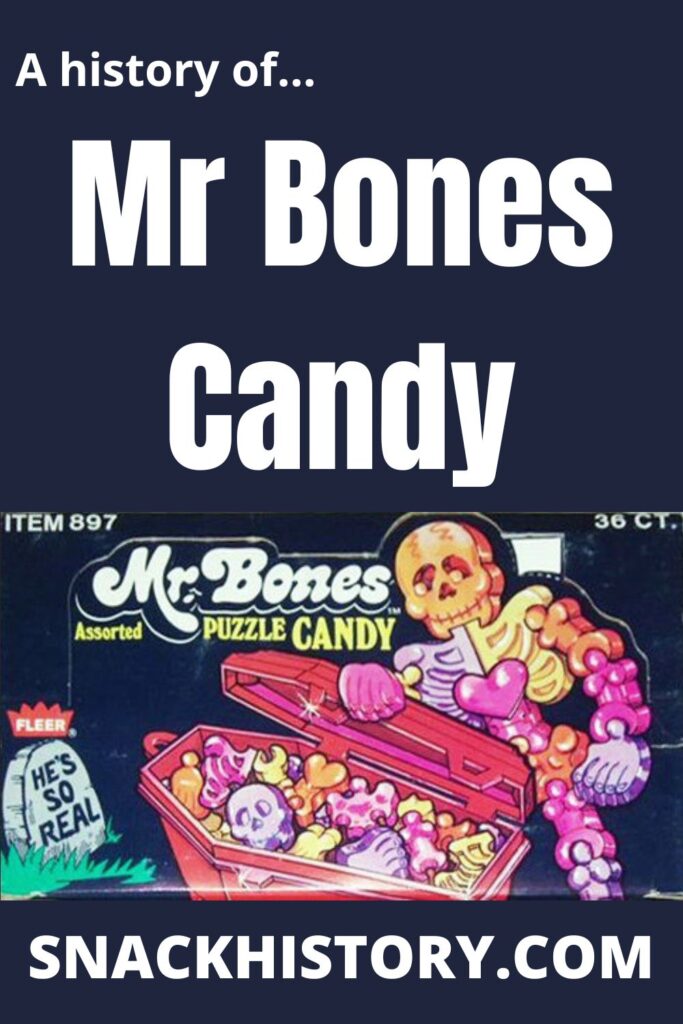
Overview
In the 1970s, Mr Bones candy was a very enjoyable treat. The confectionery was packaged inside a plastic coffin and consisted of several sections that resembled fragments of a skeleton. The Fleer Company produced the confectionery, which was sold from the late 1970s to the mid-1990s.
Mr Bones candy started as a joke object in 1977. Vero Ricci, who in the past designed some iconic plastic confectionery cases, was the creator. For instance, he created candy-filled plastic trash cans for Tops. After creating an eye-catching novelty confectionery container that held sweets, he decided to direct his creative energy toward a plastic coffin, and Mr Bones was the result.
Most people are unaware of the fact that the casket itself also had a tiny plastic ring attached to one end, so you could use it as jewelry like Ring Pops or a keychain if you desired.
Up until the middle of the 1990s, the Fleer business offered this candy before ceasing operations. Over time, some knockoffs emerged, but none enjoyed the same level of market acceptance or child popularity.
Because of how much people adore Mr Bones candy, a group began a “change.org” campaign to bring back the candy in 2016. Sadly, despite some attention being given to the issue, the candy was not returned to the shelves. The sweets are still not available for purchase in stores. However, they are always offered on eBay, and you can find the ads here if you still want to acquire one.
The candy’s flavor was rather unremarkable. It tasted and felt similar to SweeTarts and Pez Candy and was made of a dextrose-based, fruit-flavored crushed powder. On the other hand, the candy’s form was quite distinctive.
Candy & Toy: Two In One
Each component of Mr Bones Candy resembled a rudimentary representation of a portion of the skeleton. The namesake of this confection, Mr Bones, could be made using all fifteen of these parts, which are joined like pieces in a jigsaw puzzle.
This proved to be more difficult to accomplish, though, as every casket of Mr Bones Candy wasn’t always equipped with a complete collection of parts. A pelvis, rib cage, cranium, two shoulder blades, an upper and lower limb for each side, and three parts for each leg were required. Fortunately, you typically only needed a few coffins to gather the components needed to assemble them.
In addition, once the sweets had all been consumed, you were still left with a plastic casket that could serve as an accessory for your other toys, such as a place to keep a few creepy crawlers.
Design of Mr Bones Candy
Given their scale, Mr Bones’ individual parts were shaped like individual human bones, but they weren’t particularly realistic. The candy taste was mostly unremarkable and brought to mind a lot of candies from the 1970s. It was stamped in an uninteresting pattern that is comparable to how SweeTarts look.
Mr Bones candy skeleton could be put together if you could put all fifteen parts together without missing or consuming any of them. Poor quality control meant that the coffins frequently appeared to be lacking a crucial component or to have two identical sections, making it impossible for Mr Bones to fit together.
The coffins were available in a range of neutral hues, including green, yellow, red, and brown.
Overview of Fleer Company
Fleer Company was the manufacturer of Mr Bones candy. So, exploring its past is essential, too. was the first business to manufacture bubble gum, so you may be familiar with their name. The business, which was best known for its sports cards, no longer exists, but Top Deck, a maker of baseball cards, bought the rights to the trademark in 2005.
The Fleer Corporation was established by Frank H. Fleer in 1885 and stayed a family-owned business until 1989. The company was the first to effectively make bubble gum.
Blibber-Blubber was the first brand of bubble gum that Fleer created in 1906. Although this gum could be made into bubbles, it was far less effective than standard chewing gum in other areas, and Blibber-Blubber was never advertised to the general public.
Walter Diemer, a Fleer employee, improved the recipe for Blibber-Blubber in 1928 to create Dubble Bubble, the first widely effective bubble gum. Its rosy hue established a standard that almost all bubble gums have since followed.
Apart from Mr Bones candy and bubble gum, starting in 1923 with the creation of baseball cards, Fleer established a reputation as a manufacturer of sports cards. Throughout its history, Fleer has also released card sets for basketball and American football.
The business also created some trading cards that weren’t related to athletics. After acquiring the trading card business SkyBox International in 1995, Fleer closed its Philly facility over the Thanksgiving holiday. This was the place where the Dubble Bubble had been made for 67 years. The 70-year-old Dubble Bubble was purchased by Concord Confections, a Canadian business, in 1998. In 2004, Chicago-based Tootsie Roll Industries purchased Concord.
News of Fleer’s instant suspension of its trading card activities spread in late May 2005. Early in July, the business started selling off its assets to pay debtors, a step akin to filing for bankruptcy. The Fleer Trade brand and other assets were put up for auction as part of the transfer.
For $6.1 million, rival Upper Deck acquired the Fleer brand as well as their die-cast toy company. Only a year prior, Upper Deck made a $25 million offer, but Fleer declined it in the hopes that the sports card market would change for the better in order to benefit their licenses and target the collecting audience.
Logo
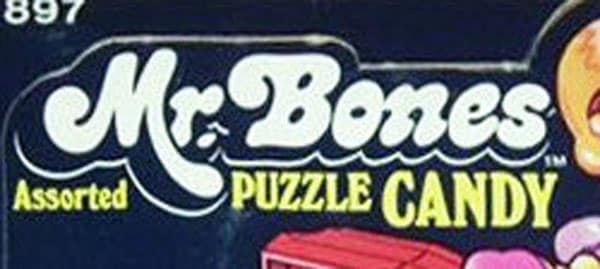
Pictures
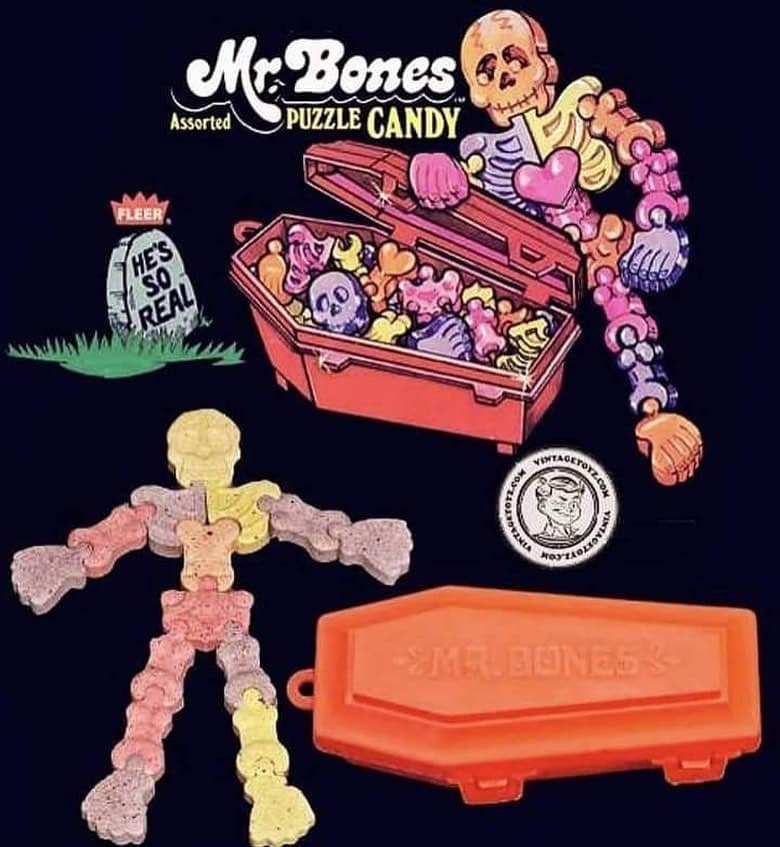
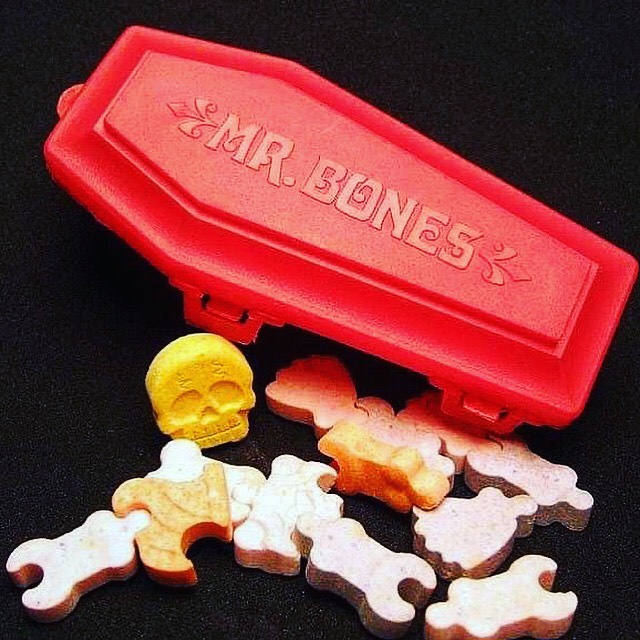
Other Discontinued Candies From the 1970s
If you want to know more about what candy was popular in the 1970s apart from Mr Bones candy, then here is a little list below.
Marathon Bar
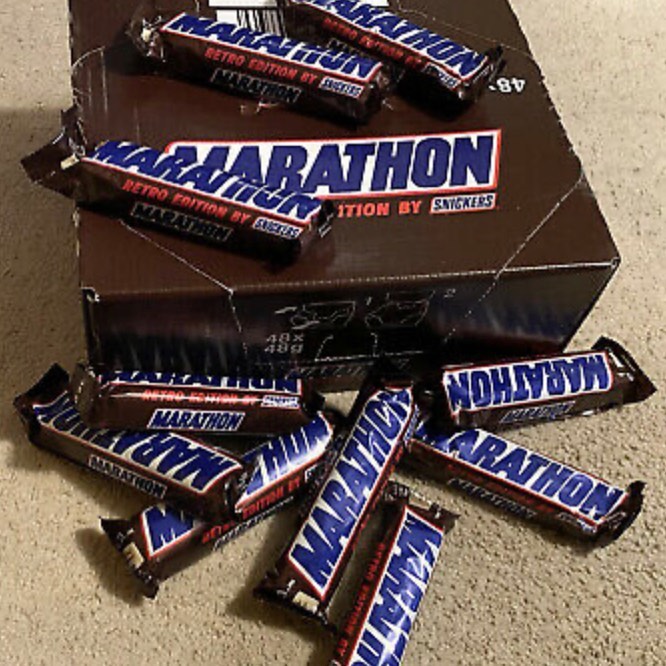
The Mars Corporation released the Marathon Bar in 1973. It was a chocolate-covered caramel treat. The makers of Marathon Bar made a point of emphasizing the confectionery bar’s girth, which was eight inches long. To demonstrate how large it actually was, there was a measurement printed on the wrapping.
Marathon Bar was referred to as “the candy bar you can’t consume fast” in its advertising. Sadly, this famous sweet was put out of business in 1981, but Cadbury Candy Company produced a strikingly identical product called a Curly Wurly Bar to please Marathon Bar devotees.
Baffle Bar
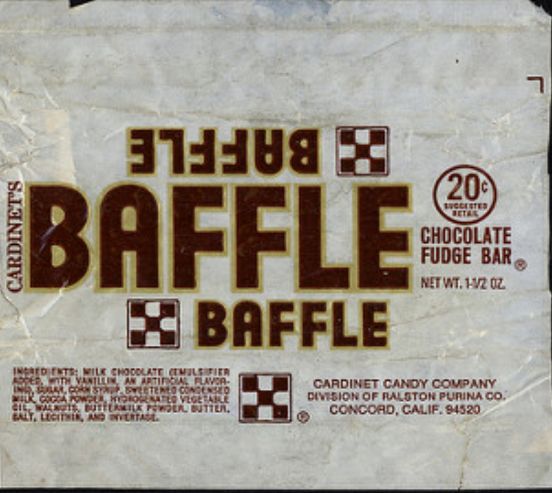
The Baffle bar was created in California by the Cardinet’s confectionery business in the 1920s. Later, the trademark was acquired by Ralston Purina. The fudge bar quickly dropped off, possibly as a result of its confusing moniker.
Sir Grapefellow
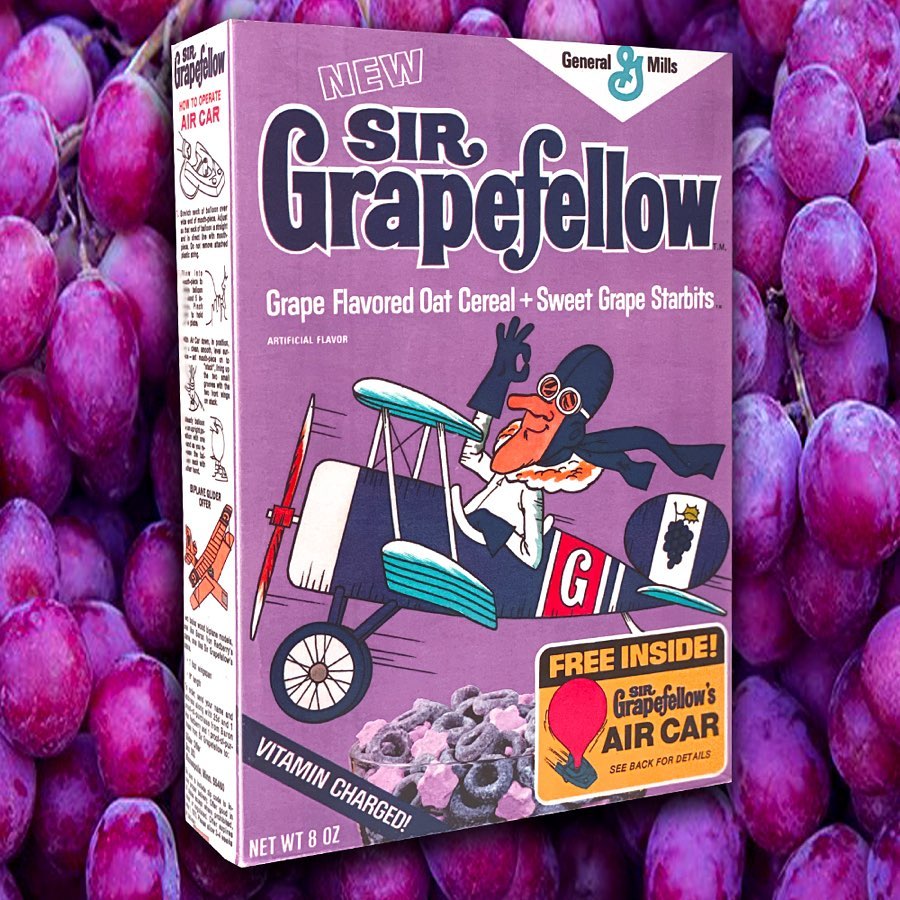
General Mills released Sir Grapefellow as a cereal in 1972. It starred the same-named British fighter from World War I. Oats with a grape taste and sweet grape star pieces made up the breakfast. The star pieces were candies that resembled the stars in Lucky Charms cereal.
Sir Grapefellow, the cereal’s mascot, was a British aviator. On the packaging, it was depicted soaring over a purple landscape and sporting purple grapes painted on its tail. General Mills also produced a berry-flavored cereal named Baron von Redberry Cereal at the same time as this one. A German aviator was depicted piloting a crimson aircraft with fruit painted on the tail.
ZotZ Candy
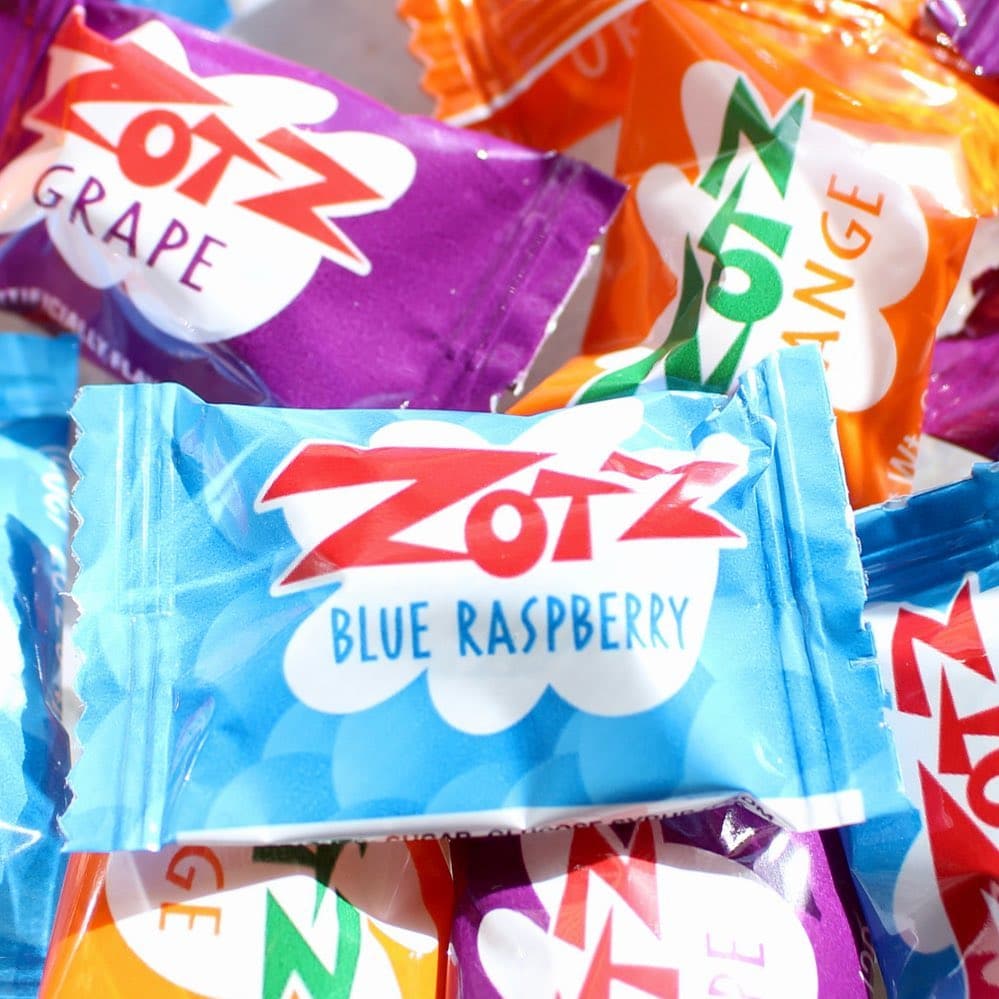
With a fizzy, sour core and a sweet, hard candy covering, ZotZ was a genuinely distinctive confectionery. It was developed in 1968 in Italy by G.B. Ambrosoli SPA, and André Prost introduced it to the United States. ZotZ is a sweet and acidic candy, so if you’ve never tried it but are familiar with Shockers or Lemonheads from the 1960s, you can probably imagine what it tastes like.
Monster Cereals
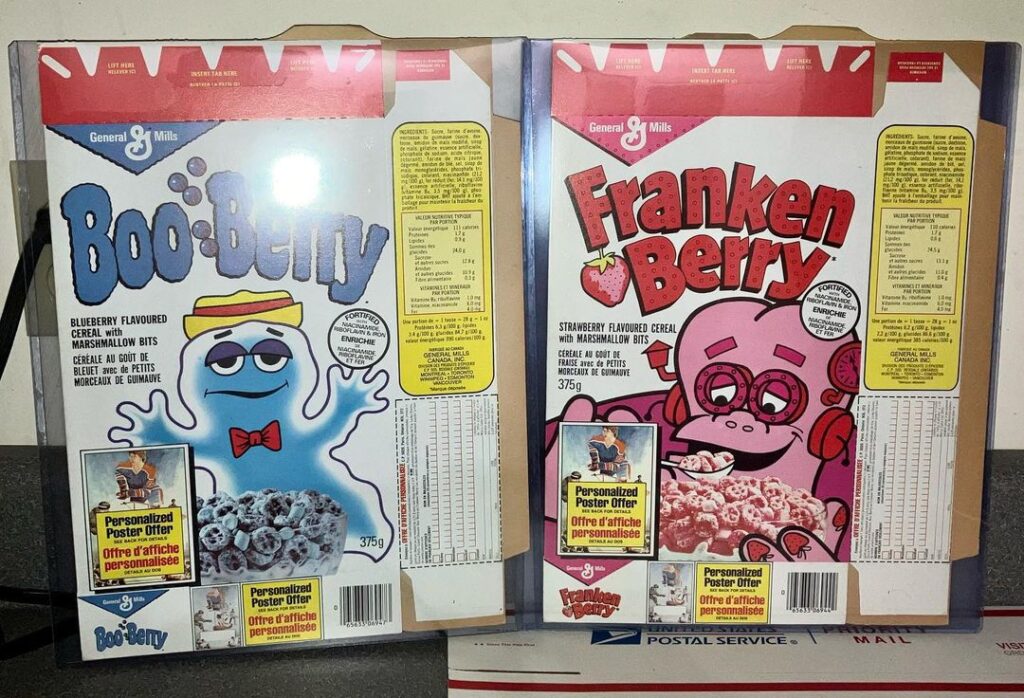
The enduring Monster Cereals brand was introduced by General Mills in 1971, and it quickly became a household name. This cereal had weird packaging, just like Mr Bones Candy does. They were each based on an animated representation of a creature from a movie. There were Fruit Brute, Fruity Delicious Mummy, Fruity Franken Berry, and Scary Berry.
Cereals with monster themes soon won over people’s affections, particularly those of kids. They tasted fantastic and were entertaining to consume. Fruity Yummy Mummy, which served as a substitute for Fruit Brute cereal, featured a cartoon corpse as its logo.
Bottom Line
Mr Bones Candy is a beloved classic that continues to hold a special place in the hearts of those who grew up with it. Many children who were once permitted to play with their food lovingly recall the original Mr Bones Candy. Even though it got discontinued, the candy has been imitated a few times over the years, but never to the same degree of detail as the original.

Nato is a content writer and researcher with a background in psychology. She’s passionate about writing about the candy industry and exploring the cultural significance of sweets and treats. She believes that the stories behind our favorite snacks can reveal a great deal about our values.
Please leave a review or any memories of this snack in the comments below. Thank you!
Click here for a full A-Z list of Snacks and Candy
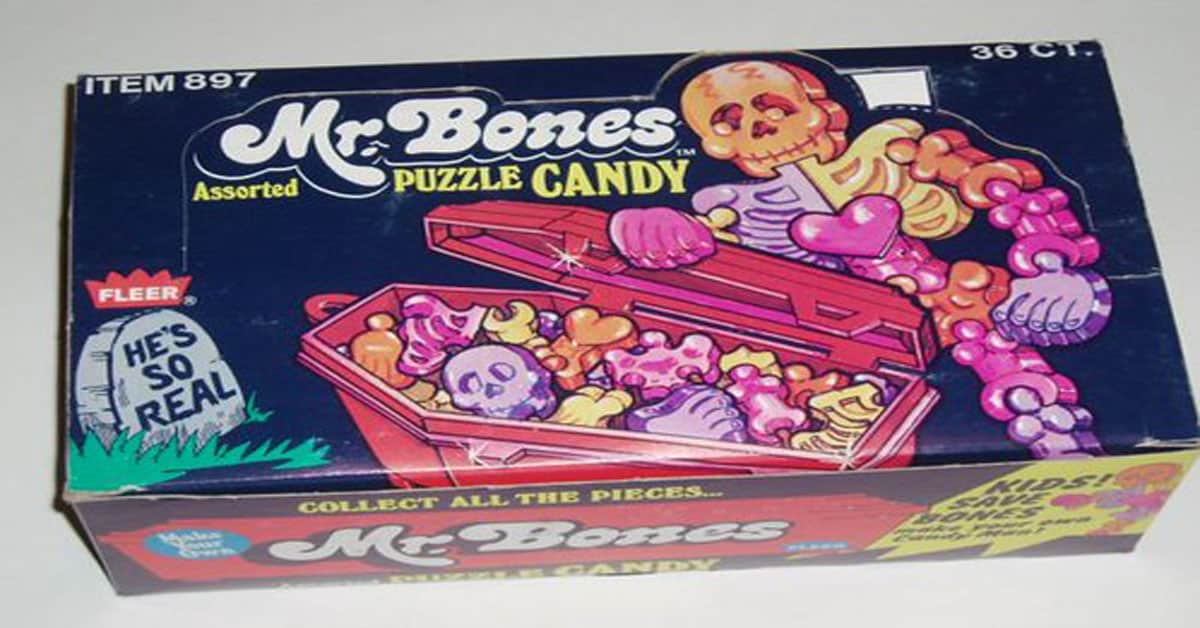
I still have Zotz on a regular basis. Cherry, orange, grape, strawberry, watermelon, green apple and blue raspberry. Readily available.